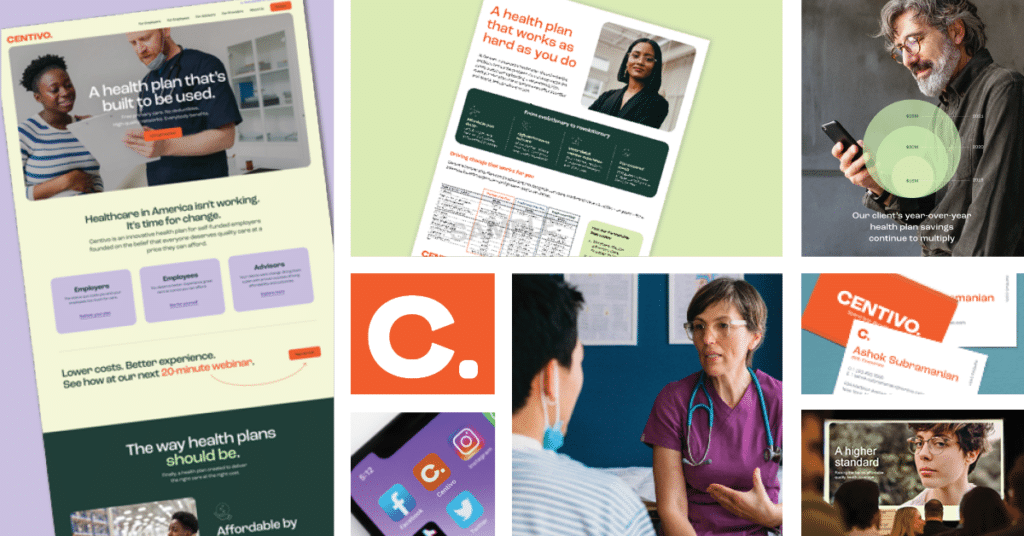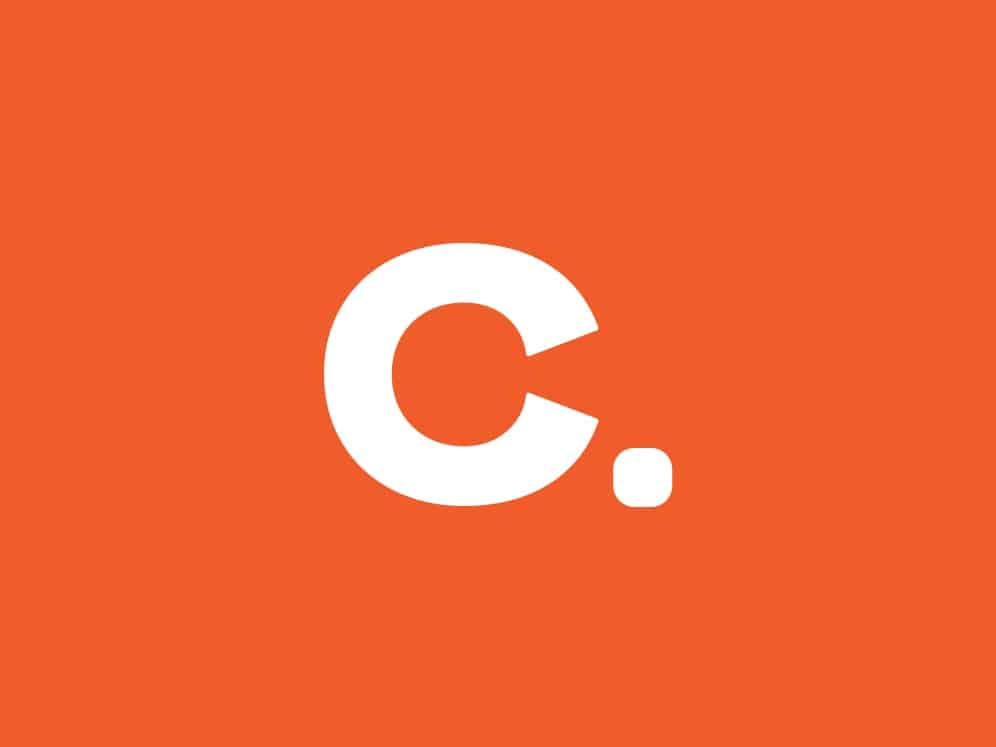If the healthcare affordability crisis is the painful financial infection slowing the average US worker, then the Centivo Healthcare and Financial Sacrifices Survey, 2021 exposes the wound in full.
Maybe you’ve seen some of the more alarming survey findings from a press release we just issued. It features troubling statistics about financial sacrifices caused by medical expenses, like taking on credit card debt, wiping out every dollar of savings and tapping into retirement nest eggs. Our respondents noted they cut back on groceries and utilities, and even went hungry, as they struggled to pay their healthcare bills.
The numbers are just staggering.
Working people with health insurance
To me, however, the real gut-punch from this survey is reading the actual words of US workers. All of them, like approximately half the US population, have employer-sponsored health insurance – the traditional ‘gold standard’ of coverage. Here’s just a few of the more than 150 comments we received:
“We are a paycheck-to-paycheck family. Because of our deductible, everything is out of pocket and hurts our family”, said a married mother of one from Kansas. “We heavily rely on payment plans but even then our savings get drained because we have very little flexible income.”
“The medical expense ended up being well over $500 for a cat scan. I had to pay it all because my deductible was not met. I had to take out a new loan to pay for it, borrow money from family and spend less money on food,” said a single woman in Ohio who reported zero savings and an annual household income under $50,000.
“With the high deductible involved with the required procedure, we had no choice but to cut back across the board,” said a married 49-year-old father of four in suburban Illinois.
“(After a significant medical expense), I did not schedule medical appointments for the rest of the year,” said a 57-year-old divorced female homeowner with a college degree in Pennsylvania.
“I made late payments on other bills because I needed to make payments on a hospital (emergency room) bill – then I was hit with late fees,”a 27-year-old single woman in New York said.
Sadly, this is the America so many working people live in, in no small part thanks to sky high health plan deductibles, which are often paired with low premiums in HDHPs to “make budgets work.” In fact, more than half (54%) of respondents with deductibles of $4,000 or more reported incurring a significant medical expense. That’s far higher than those with lower deductible levels. And the savings levels our respondents had to cover ANY level of deductible was just as troubling.
Coverage workers can actually afford to use
There is a better way.
Centivo is a new type of health plan anchored around leading providers of value-based care. With features like no deductibles, free primary-care visits and embedded virtual primary care, Centivo saves self-funded employers 15 percent or more compared to traditional insurance carriers and is easy to use for employers and employees. With Centivo, you can offer employees affordable and predictable costs, a high-tech member experience, great service and a range of benefits.
But don’t take my word for it. Here’s a quote that shows how employees react when they have a health plan they can actually afford to use.
“I feel like I can take care of myself and my family without being in debt. Thank you!”
This comes from a grocery store worker in Connecticut who is also a Centivo health plan member.
If you are an employer, or a broker who serves them, wouldn’t you love to see a comment like this about the health plan you provide your workers? Wouldn’t statements such as this be helpful in attracting and retaining employees during the “great resignation”? If your answer is yes, let’s talk!

